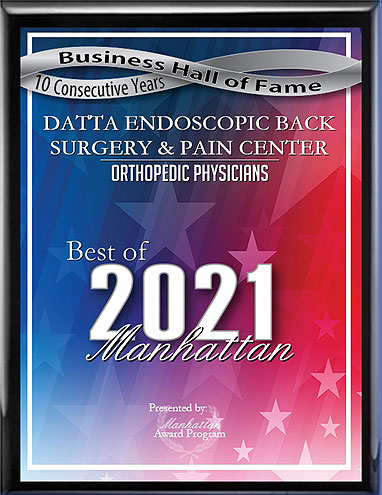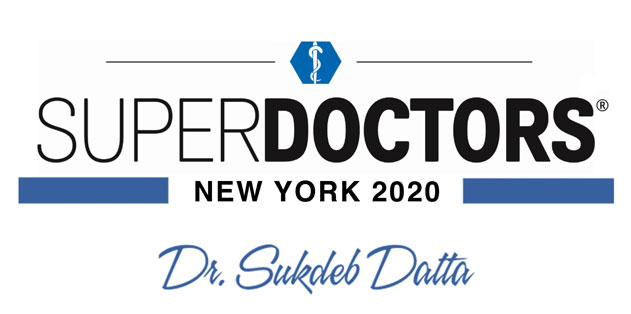Laser back surgery is a minimally invasive type of surgery used to treat a variety of common spine conditions. This type of surgery helps to reduce recovery times and minimize the risk of side effects. While it is kinder to the body, laser back surgery is still just as effective as traditional spine surgery.
How it Works
During laser spine surgery, a camera is inserted into the spine through a small incision. This allows the physician to see a high-quality, real-time display of what's happening in the joint. Then, a laser probe is inserted into the spine. The laser is carefully calibrated to target the necessary tissues, dissolving the displaced tissue that is causing symptoms. If necessary, additional tools can be inserted through incisions and used to treat the spine condition.
Benefits
Laser back surgery has been shown to be just as effective as traditional spine surgery, without many of the downsides. The vast majority of patients who undergo surgery experience a permanent relief of their pain and other symptoms. Patients who undergo this type of procedure experience several benefits:
How it Works
During laser spine surgery, a camera is inserted into the spine through a small incision. This allows the physician to see a high-quality, real-time display of what's happening in the joint. Then, a laser probe is inserted into the spine. The laser is carefully calibrated to target the necessary tissues, dissolving the displaced tissue that is causing symptoms. If necessary, additional tools can be inserted through incisions and used to treat the spine condition.
Benefits
Laser back surgery has been shown to be just as effective as traditional spine surgery, without many of the downsides. The vast majority of patients who undergo surgery experience a permanent relief of their pain and other symptoms. Patients who undergo this type of procedure experience several benefits:
- Patients experience relief of symptoms as the surgery takes place
- No risk of complications from general anesthesia, since only local anesthesia is used
- Lower risk of common post-surgery complications due to the smaller incision and shorter recovery time - including infection, bleeding, constipation, and blood clots
- Ability to return to work in about a week, as opposed to about a month
- Ability to resume all activities within 6 weeks or so, instead of several months






 EDISCSCULPT
EDISCSCULPT



